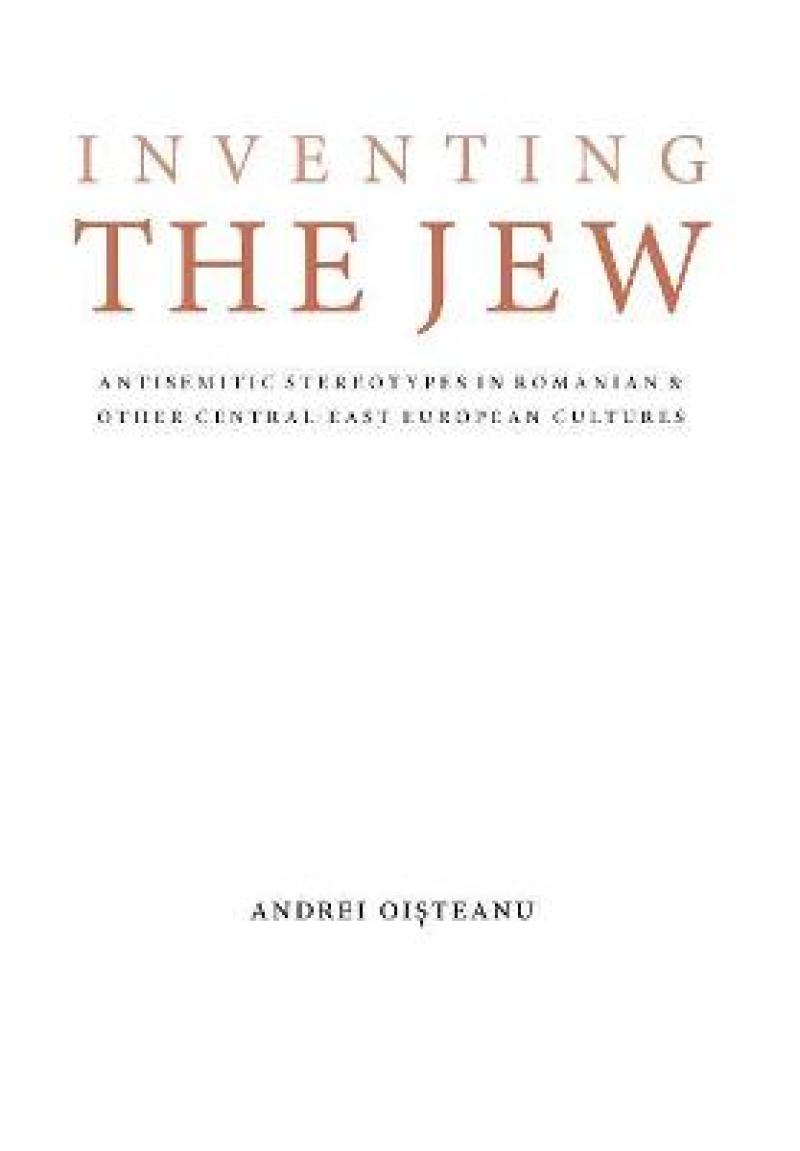""<i>Inventing the Jew</i> is a necessary book. Nobody interested in the history (past and present) of Eastern and Central European anti-Semitism, radical nationalism and ethnocentric populism should miss it.""—Vladimir Tismaneanu, <i>Times Literary Supplement</i>|""[Andrei Oisteanu] has produced a superb piece of research which will serve as a fundamental resource for future work on the cultural roots of ideas about Jews, not just in Romania but in the wider East European context.""—Alex Drace-Francis, <i>Eastern European Jewish Affairs</i>|""This monograph has much to offer to scholars and graduate students not only of East European and Jewish Studies, but also of Ethnic Studies and Cultural Anthropology.""—Joanna B. Michlic, <i>American Historical Review</i> |""<i>Inventing the Jew </i>is an outstanding contribution to the study of images of the ""imaginary Jew"" in Romania and an important book for those who are interested in cultural perceptions of Jews in Eastern and Central Europe.""—Günther Jikeli, <i>Journal for the Study of Antisemitism</i>|""This work of cultural anthropology is unparalleled in scope and interest for a whole range of disciplines.""—Peter Sherwood, <i>Holocaust and Genocide Studies</i>|""Historians eager to explain the operation of anti-Jewish politics in a particular time and place would do well to study Oisteanu's rich inventory of anti-Jewish myths and stereotypes. His account of the depth, variety, and longevity of antisemitic stereotypes is a well-taken reminder of how powerful and widely felt the image of the Jew as “Other” has been and continues to be in the region.""—Paul Hanebrink, <i>Journal of Modern History</i>
Stereotypes of the "generic Jew" were not exclusively negative, and are described in five chapters depicting physical, occupational, moral and intellectual, mythical and magical, and religious portraits of "the Jew."
